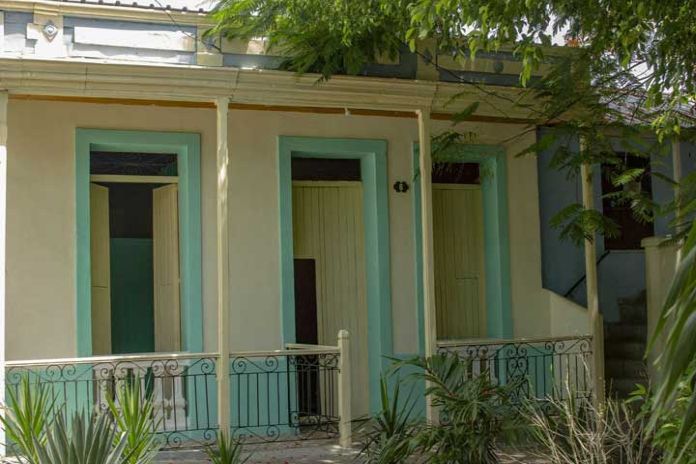HAVANA, Cuba, (ACN-Special Service) – SANTIAGO DE CUBA, the first city Fidel Castro came to know at the age of six, had a definitive impact on his patriotic feelings and has become nowadays a symbol of the rebelliousness, resistance and perseverance of the Commander-in-Chief.
The arrival in the territory in 1932 from Biran to the popular neighborhood of El Tivoli, in order to start schooling at the prestigious La Salle School, was the beginning of a relationship that, even after the physical death of the revolutionary leader, continues with the replication of a legacy of unity and solidarity.
According to Frank Josue Solar, historian of the University of Oriente, the early contact with an urban environment characterized by deep-rooted cultural and combative traditions, as well as the possibility of observing the student struggles against the dictatorship of Gerardo Machado in its last months, forged in the newly arrived child the insurrectional values and the rejection of repression.
According to the Commander in Chief himself, the specialist explained, he became a revolutionary at the University of Havana, however, the city that welcomed him in his childhood was the seed of his rebelliousness and liberating spirit.
During the neocolonial period, most of the attempts to take power, coup movements and political and student organizations took place in the capital, however, the young Castro broke schemes and tried new paths by choosing the effervescent Santiago de Cuba as his center of operations.
Clear examples of the Leader’s confidence in the people of Santiago, and its reciprocity, are the refuge and care given to the assailants of the Moncada Barracks on July 26, 1953, and the armed uprising of November 30, 1956, a plan designed for the whole country with an instantaneous and unanimous response from the untamed territory.
Lover of the land of Santiago, its geography, its people and its history, the paradigmatic guide expressed from the beginning of the triumphant Revolution his gratitude to the territory that opened the doors of victory and, five years later, he patented his legacy by granting the title of Hero City of the Republic of Cuba and the Order of Antonio Maceo.
Ninety-eight years after his birth, Fidel becomes a living and constant image that accompanies Cubans in every battle of contemporaneity, while his presence at the altar erected to the Homeland in the Santa Ifigenia Heritage Cemetery is a mark of eternal homage to those who preceded him in the struggle for equality.
After more than seven decades as a witness of the political growth of the undefeated Commander, Santiago de Cuba is heir to his absolute loyalty to the principles defended by heroes and martyrs, and reproduces his example through the daily defense of the socioeconomic achievements enjoyed by its children.
Fidel Castro, symbol of struggle, resistance and dignity, placed the Antillean island on the global geopolitical map of the mid-twentieth century from the heroic eastern land and, with the resounding triumph of January 1959, restored hope to the people of Latin America oppressed by imperialism.





